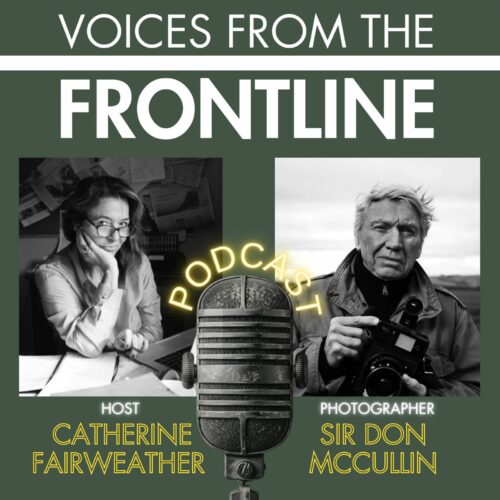Social networking sites have brought new opportunities for journalists, and new problems
Social networking sites like Facebook and Bebo are awash with video and pictures uploaded by the general public. News organisations are grappling with what they can and can’t use from the sites, but there is no agreed standard and recent months have seen them make a litany of mistakes.
In January, Steve Herrmann, Editor of the BBC News website, pondered the problem on the BBC Editor’s blog.
“When is it acceptable for us to make use of personal pictures and video available on the internet? In the past, personal pictures of members of the public who become the subject of news stories (particularly tragic events) have usually only been available if supplied by family or friends.†link
Social networks have changed all this. Many users of these sites upload personal images, some of which are newsworthy, most of which are not, and some of which are fake. The problem is that social networks blur the line between public and private.
In the wake of the Virginia Tech massacre in April 2007 journalists tried to communicate with users of social networking sites and the popular blogging tool LiveJournal in an attempt to talk to people involved in the event.
In the comments under one particular blog post published on the day of the massacre, journalists from CBC, NPR, Boston Herald, MTV, ABC, The Guardian, In Touch and Triple J can be seen vying for an interview with a student blogger. This has since become known as “digital doorsteppingâ€.
The practice of lifting images and video from these websites is known as “scrapingâ€. In November 2007 the Daily Mail scraped a Facebook group for images of “ladettes who glorify their shameful drunken antics†and they quickly found the forum they wanted.
“More than 150,000 girls have signed up to Facebook’s online forum “30 Reasons Girls Should Call It A Nightâ€, where they openly discuss the various states of inebriation – and undress – they have found themselves in.†link
The newspaper published a selection of images taken from the nearly 5,000 they found. And they named the young women in the pictures.
However, all is sometimes not what it seems and a number of newspapers have been fooled by fake Facebook pages. In January, French newspapers fell for the fake Facebook page proclaiming a 28 year-old French man by the name of Arash Derambarsha as the “Worldwide President of Facebookâ€.
In late December 2007, a fake Facebook page of Bilawal Bhutto, the son of assassinated politician Benazir Bhutto, fooled many news outlets including Toronto’s Globe and Mail and Agence France Presse. The newspapers quoted fake statements purportedly from Bilawal Bhutto himself including this:“I am not a born leader. I am not a politician or a great thinker. I’m merely a student. I do the things that students do like make mistakes, eat junk food, watch Buffy [the Vampire Slayer] but most importantly of all . . . learn. My time to lead will come but for now I’m the one asking questions, not the one answering them.â€
Although 400,000 UK users left Facebook between December and January, a 5% drop, the site still boasts some 8.5 million users. Bebo claims to have around 10 million users. The sheer numbers of people using these sites is phenomenal. Some argue that the blurring of public and private worlds might eventually mean society evolves an entirely new attitude to the idea of privacy. And as the BBC’s Robin Hamman points out on his personal blog www.cybersoc.com what this means for journalism is not yet clear,
“With more and more journalists and researchers using the internet to find first-hand accounts and background material for stories, indeed with some journalists starting to consider social networking sites and blogs part of their reporting patch, it’s an issue that’s unlikely to go away.†link
Republished (with links) from the Frontline Club Magazine.
